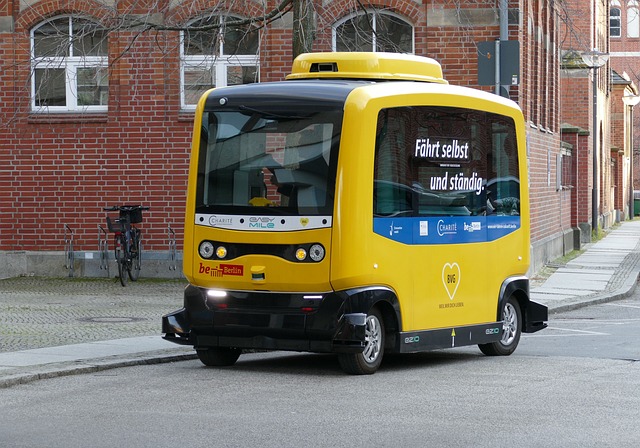The transportation industry is on the brink of a major revolution with the emergence of autonomous electric vehicles (AEVs). Combining the advancements in electric mobility and autonomous driving technologies, AEVs have the potential to reshape how we commute and transport goods. In this article, we will explore the concept of autonomous electric vehicles, discuss their advantages and challenges, and delve into their potential to transform the future of transportation.
Understanding Autonomous Electric Vehicles:
Autonomous electric vehicles are vehicles that are both electrically powered and capable of operating without human intervention. These vehicles leverage artificial intelligence, sensors, and advanced computing systems to perceive their environment, make decisions, and navigate roads and routes. By combining electric powertrains with autonomous driving capabilities, AEVs offer a range of benefits that are set to revolutionize the transportation industry.
Advantages of Autonomous Electric Vehicles:
Environmental Sustainability: AEVs bring together two key elements of sustainability: electric power and autonomous driving. Electric power eliminates tailpipe emissions, reducing greenhouse gas emissions and improving air quality. Combined with renewable energy sources, AEVs can have a significant positive impact on the environment, combating climate change and reducing reliance on fossil fuels.
Enhanced Safety: Autonomous driving technology has the potential to significantly enhance road safety. Human errors, such as driver fatigue, distractions, and impaired driving, contribute to the majority of accidents on the road. By removing the human element from the driving equation, AEVs can reduce the likelihood of accidents caused by human errors, leading to safer roads and fewer injuries and fatalities.
Increased Efficiency: AEVs have the potential to optimize transportation efficiency. With autonomous capabilities, vehicles can communicate with each other and traffic infrastructure, allowing for better traffic flow management, reduced congestion, and improved overall efficiency. Additionally, electric powertrains offer higher energy efficiency compared to internal combustion engines, making AEVs more energy–efficient and cost-effective.
Mobility for All: Autonomous electric vehicles have the potential to provide mobility solutions for various demographics, including elderly individuals, people with disabilities, and those without access to private transportation. By eliminating the need for human drivers, AEVs can offer convenient, accessible, and affordable mobility services to a wider population, improving transportation equity and inclusivity.
Challenges and Future Outlook:
While the concept of autonomous electric vehicles holds immense promise, several challenges must be addressed for widespread adoption and implementation:
Technological Advancements: Further advancements in autonomous driving technology are necessary to ensure safe and reliable operation in diverse and complex driving scenarios. Research and development efforts are focused on improving sensor technologies, artificial intelligence algorithms, and human-machine interfaces to enhance the capabilities of AEVs.
Regulatory Framework: Developing a comprehensive regulatory framework is crucial to ensure the safe deployment and operation of AEVs. Governments and regulatory bodies need to address issues such as liability, cybersecurity, data privacy, and infrastructure requirements to create a supportive environment for the widespread adoption of autonomous electric vehicles.
Public Acceptance: Public acceptance and trust are critical factors in the adoption of AEVs. Educating the public about the benefits and safety measures of AEVs, addressing concerns regarding job displacement for professional drivers, and providing opportunities for public engagement and feedback can help build public confidence in autonomous electric vehicles.
Infrastructure Development: The successful deployment of AEVs requires a robust charging infrastructure and intelligent transportation systems. Investments in charging stations, battery swapping networks, and smart traffic management systems are essential to support the charging needs and communication requirements of autonomous electric vehicles.
The future of transportation lies in the convergence of electric mobility and autonomous driving. Autonomous electric vehicles have the potential to revolutionize transportation, offering sustainable, safe, efficient, and inclusive mobility solutions. With continued advancements in technology, supportive regulations, and infrastructure development, AEVs will gradually become a common sight on our roads,transforming the way we travel and shaping the future of transportation for generations to come.
